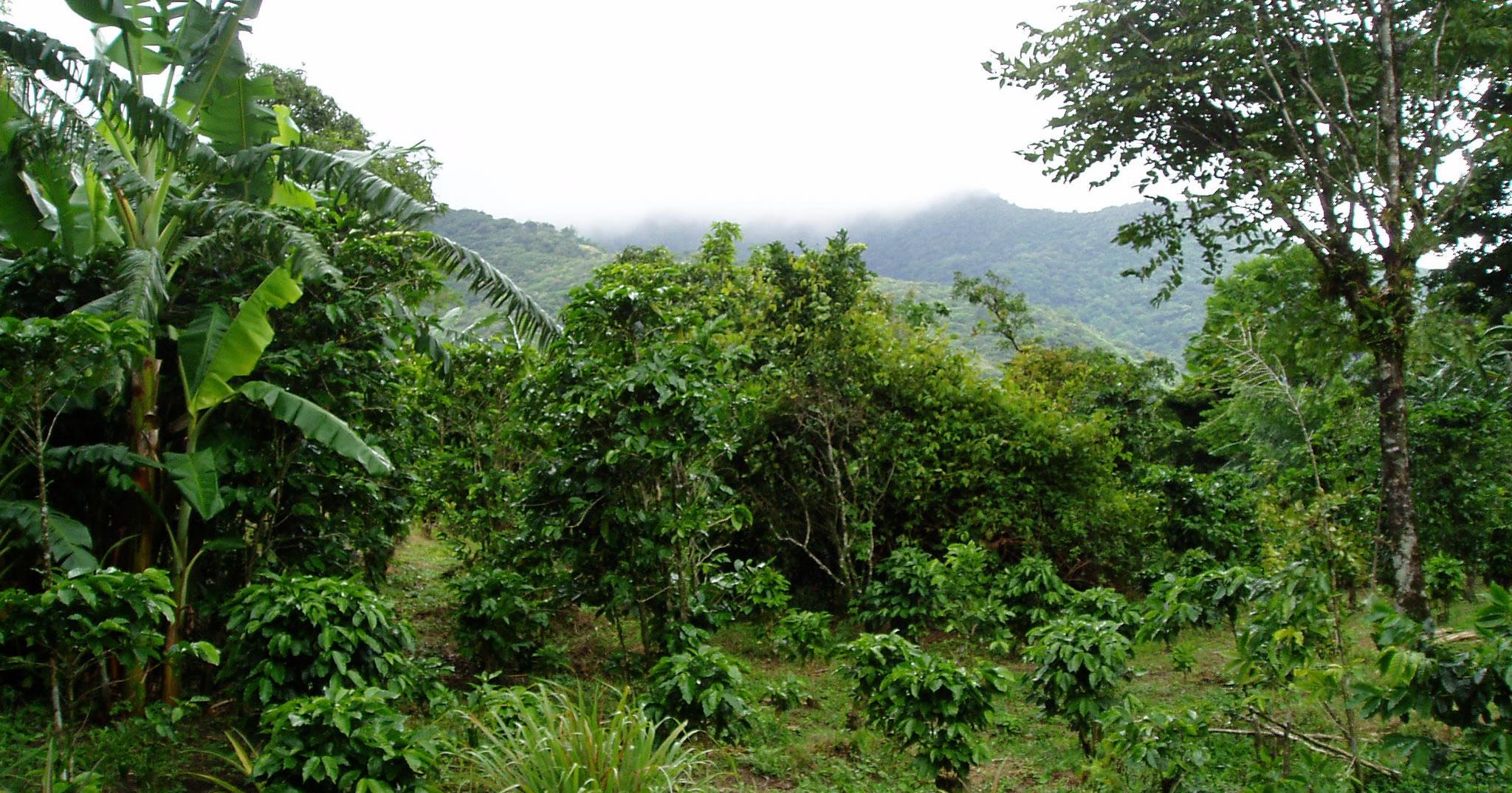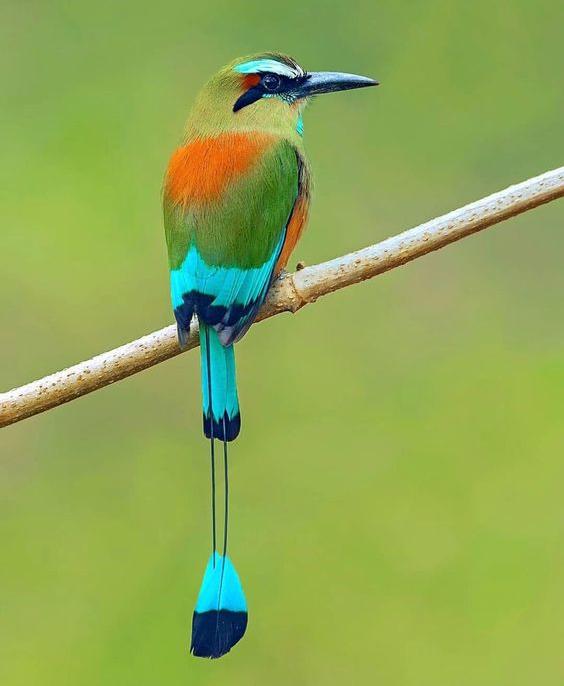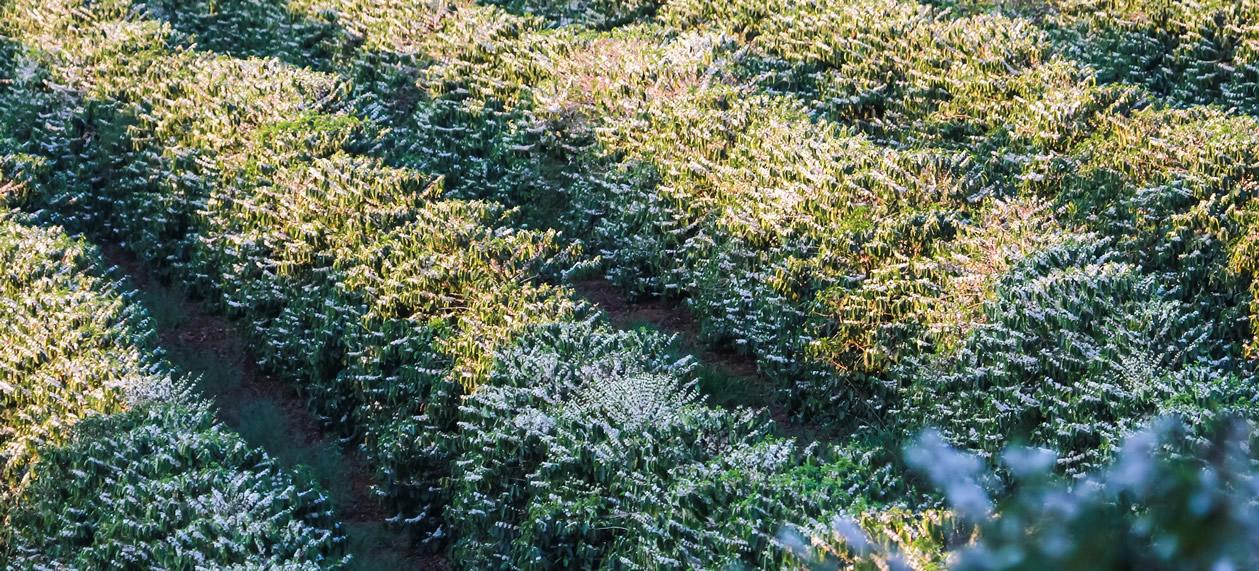Why you should be drinking shade-grown coffee
When planting a vegetable or flower garden, shade and sun are important things to consider.
However, the concepts of shade and sun take on a whole new meaning in regards to coffee.
Can your choice of shade or sun-grown coffee affect bird populations? Can the difference between sun and shade-grown coffee have an impact on water pollution? Can you be more prone to things like heartburn and acid reflux depending on whether your cup of joe originates in the shade or the sun?
For everything from wildlife, to economic and environmental factors, and even nutrition...sun or shade makes a big difference when it comes to growing coffee.
Sun-grown vs Shade-grown coffee
Sun-grown vs Shade-grown coffee Shade-grown coffee is coffee that is in its most natural form, without man’s modification. The coffee tree (or shrub) is grown under a canopy of shade provided by lush forest trees. In this environment, the coffee plant benefits from things like wildlife, soil quality, and a steady climate.
However, as the demand for this commodity has grown, the notions “more, more, more,” and “now, now, now” have given way to altered growing practices. Enter sun-grown coffee.
Sun-grown coffee is cultivated on plantations in direct sunlight. Forests are cleared and then coffee trees are planted in rows with high yield in mind.
Benefits of Shade grown coffee
Wildlife
In regions where forests are destroyed to provide land for sun coffee plantations, bird populations have declined - such as the turquoise browed motmot, Nicaragua's beautiful national bird. The loss of habitat for these migrating bird populations can be noted as far away as 1500 miles.
In places like Nicaragua, 31% of their forest coverage has been destroyed in only a 20-year span. And, bird populations aren’t the only species threatened. Central American tapir and jaguar populations are also at risk due to rapid rates of deforestation.
Sustainable shade-grown coffee plantations, however, have been known to house nearly 150 bird species. These naturally biodiverse domains are the home to everything from orchids to amphibians, from bees to beetles, and a host of mammals as well.
Economic factors
Shade coffee farmers can be provided with extra income from the other trees that are grown amongst the coffee plants (such as hardwood and various fruit trees).
While shade-grown coffee matures more slowly and can have a lesser yield, the quality of the bean is greater and more dense, allowing farmers to sell their crop at a higher price. And, consumers reap the benefit of the farmer’s patience here as they sip a tastier, more complexly flavored cup.
Sun-grown coffee grows and ages faster; therefore, trees on sun coffee plantations may only be productive for 15 years or less.
Environmental factors
Shade coffee farms mimic a natural ecosystem. Take a look at the harmony of nature seen on a shade-grown coffee plantation:
- Leaves that fall amongst coffee plants provide weed control and nutrients to the soil as they decompose.
- Wildlife provides pollination and acts as pest control.
- Shade trees provide a greater number of root systems, lessening soil erosion, and
- Space between shade trees and coffee plants acts as protection from frost in cooler months and heat exposure in warmer months.
The sun-grown method disrupts this harmony from the beginning of the production process as:
- Deforestation occurs to provide mass market coffee fields.
- Exposure to heavy rains leads to soil erosion and depletion.
- The threat of pests and disease prompts the use of harmful pesticides, fertilizers, and other chemicals (making coffee one of the most heavily treated products consumed by mankind), and
- Topsoil erosion results in the run-off of these harmful chemicals into nearby watersheds.
Nutritional Value
Clearly shade vs sun-grown coffee can have great effects ecologically, environmentally, and economically, but how do growing methods affect the nutritional value of what’s in your cup?
Sun-grown coffee needs man’s intervention from the start. As arabica coffee plants cannot withstand sun-growth, hybrid versions are often required. The use of herbicides, fertilizers and other harmful chemicals are used to treat the plants. And, since it is grown at a faster rate, the resulting cup of coffee has a higher acidity.
Shade coffee, grown organically, is free of chemical use. It is grown in soil made rich with nutrients from fallen, decomposing leaves from surrounding trees. And, due to the slow maturation process, shade-grown coffee has a much lower acidity.
Made in the Shade
As you can see, from cultivation to cup, there’s a lot that goes into growing coffee. When you choose Lifeboost, all that’s left for you to do is brew and enjoy.
Because here at Lifeboost, our coffee is certified organic, chemical-free, non-GMO, fairly traded, and single origin.
Our coffee plants are slowly grown in a natural ecosystem, under a canopy of shade, which produces an absolutely delicious, low-acid, high-quality, nutrient-rich, organic coffee bean. We constantly strive to create the healthiest cup of coffee on the planet.
References:
https://www.coffeehabitat.com/2006/02/the_problems_wi/
http://www.coffeehabitat.com/2006/02/what_is_shade_g/
https://nationalzoo.si.edu/migratory-birds/ecological-benefits-shade-grown-coffee
https://www.fws.gov/international/wildlife-without-borders/central-america/human-footprint-study-shows-significant-deforestation.html
https://www.sustainablebusinesstoolkit.com/environmental-impact-coffee-trade/
https://scanews.coffee/2012/04/10/why-does-shade-matter/
https://www.coffeereview.com/coffee-reference/from-crop-to-cup/growing-and-harvesting/shade-vs-sun/
https://worldingus.wordpress.com/category/conservation/
https://www.businessinsider.com/shade-grown-coffee-has-a-surprising-environmental-benefit-2017-4
https://www.homegrounds.co/what-is-shade-grown-coffee/
https://learn.eartheasy.com/guides/shade-grown-coffee/
https://blogs.umass.edu/natsci397a-eross/shade-grown-coffee-not-just-for-the-birds-2/
MEDICAL DISCLAIMER
This content is for informational and educational purposes only. It is not intended to provide medical advice or to take the place of such advice or treatment from a personal physician. All readers/viewers of this content are advised to consult their doctors or qualified health professionals regarding specific health questions. Neither Dr. Charles Livingston nor the publisher of this content takes responsibility for possible health consequences of any person or persons reading or following the information in this educational content. All viewers of this content, especially those taking prescription or over-the-counter medications, should consult their physicians before beginning any nutrition, supplement or lifestyle program.




